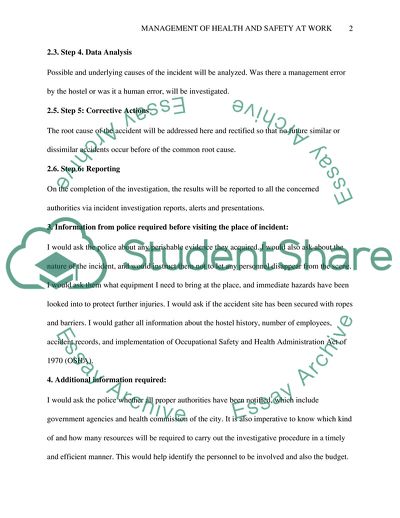Cite this document
(Management of Health and Safety at Work Case Study, n.d.)
Management of Health and Safety at Work Case Study. https://studentshare.org/human-resources/1875814-management-of-health-and-safety-at-work
Management of Health and Safety at Work Case Study. https://studentshare.org/human-resources/1875814-management-of-health-and-safety-at-work
(Management of Health and Safety at Work Case Study)
Management of Health and Safety at Work Case Study. https://studentshare.org/human-resources/1875814-management-of-health-and-safety-at-work.
Management of Health and Safety at Work Case Study. https://studentshare.org/human-resources/1875814-management-of-health-and-safety-at-work.
“Management of Health and Safety at Work Case Study”. https://studentshare.org/human-resources/1875814-management-of-health-and-safety-at-work.


